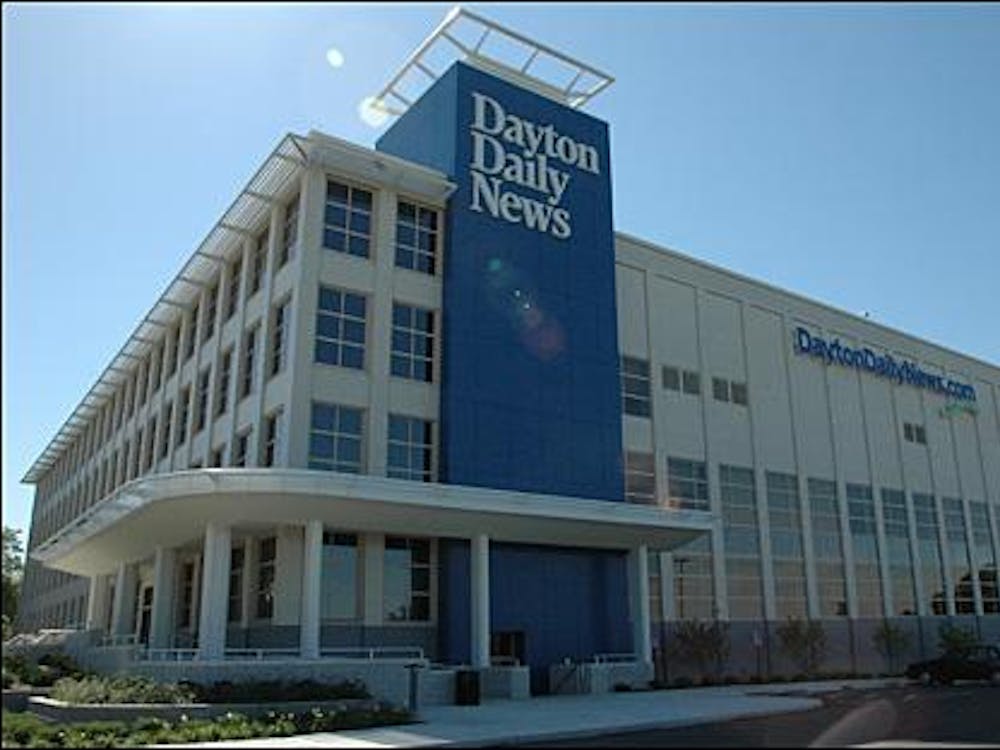By Max Litter, Guest Columnist
Oxford, Ohio is in the midst of an age-old feud, one that has survived the test of time and still haunts us today. I'm not talking about Miami versus OU, or Greeks and the GDIs. I'm talking about the bitter rivalry between motorists, pedestrians and bicyclists.
As a general rule, the first two groups hold nothing but contempt for the third. Bicyclists, after all, are sometimes hazards on roads and, more often than not, create dangerous situations on sidewalks as they zoom past pedestrians walking the same direction.
The issue enjoys a lull during the winter months, as cold weather forces bikers into cars and busses, and their bikes onto racks and into garages. But with spring officially upon us again, it's only a matter of time before the bikes are back out in full force.
What's more, a task force has emerged from Western 431: Synthesis into Action, a service-learning course with the goal of implementing a bike share program on Miami's campus within the next year. With affordable, convenient access to bikes all over campus, you can bet there will be more bikers on the road - and sidewalks - than ever; and more tension between motorists, pedestrians and bicyclists.
Most bikers know it's illegal to ride on sidewalks, but would still rather break a law that goes largely unenforced than risk their own safety on roads. And with bike racks sitting outside every academic building on campus, is it really fair to expect cyclists to stay off sidewalks?
The bike lane stretching the length of Spring Street was a step in the right direction, as was the shared sidewalk down Patterson Avenue. These high-traffic areas were notorious for hazardous pedestrian/biker interactions, and those lanes eased the pressure. Unfortunately, these only serve a small portion of the campus and the town in general. High Street, for instance, is a very high-traffic area with no provision for bikers.
Groups have been lobbying for more bike lanes on and off campus for some time, but the same problem always stymies progress: parking. Any initiative to increase biker capacity on roads would remove spaces and exacerbate Oxford's already dismal parking situation. To find the solution to this problem, we need to go off-road.
Sam Perry, Oxford's city planner and member of the Oxford Area Trail System (OATS), has put together plans for a recreational trail (by the same name) that would stretch from the Black Covered Bridge on Morning Sun Road to the DeWitt Cabin near Route 73. Upon its completion, it will form a loop around the entire town.
Maybe a bike-loop around campus isn't the answer we're looking for, and bike lanes aren't feasible everywhere. But we can't have bikers running into pedestrians on sidewalks either. That being said, the solution lies not in more road access, but rather off the beaten path - literally - in a new system of shared-sidewalk pathways.
Miami has many sidewalks already suited to follow the shared sidewalk model on Patterson Avenue, and ample green space on which to expand other sidewalks that aren't yet up to snuff. This would get bicyclists off the roads and offer a safer alternative to weaving in and out of students or negotiating dangerous intersections with impatient motorists. And all without touching a single parking space.
Of course, adding four to eight feet of sidewalk to various campus pathways won't come free. The OATS is expected to cost around $600 thousand by the time of its completion, and the Miami University project wouldn't be much different. However, considering the 53 million dollars Miami has poured into the Armstrong Student Center, $600 thousand seems like pocket change when talking about an issue of student safety.
Enjoy what you're reading?
Signup for our newsletter
Increased capacity for bikers could have many far-reaching effects, as well. More bikers could mean an increase in overall student health and wellness, fewer cars on campus and in the long run, a decreased carbon footprint for the university as a whole. Plus, a system of devoted bike paths would be one more highlight about which campus tour guides could boast.
It's time Miami caught up to the increasing bike culture on campus. Let's end the battle against bicyclists and leave it between pedestrians and motorists, as God intended.




